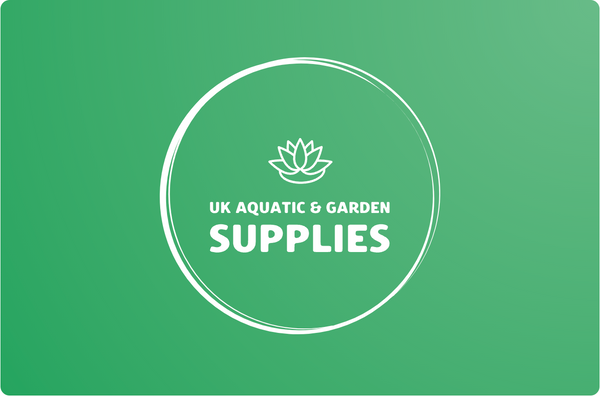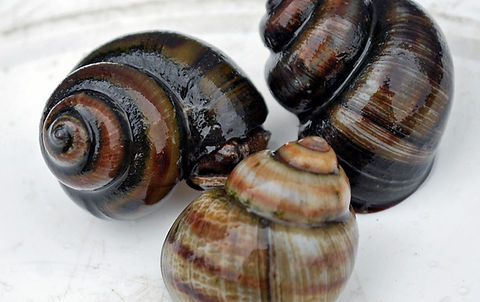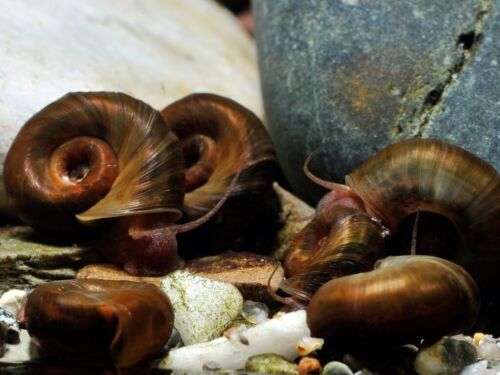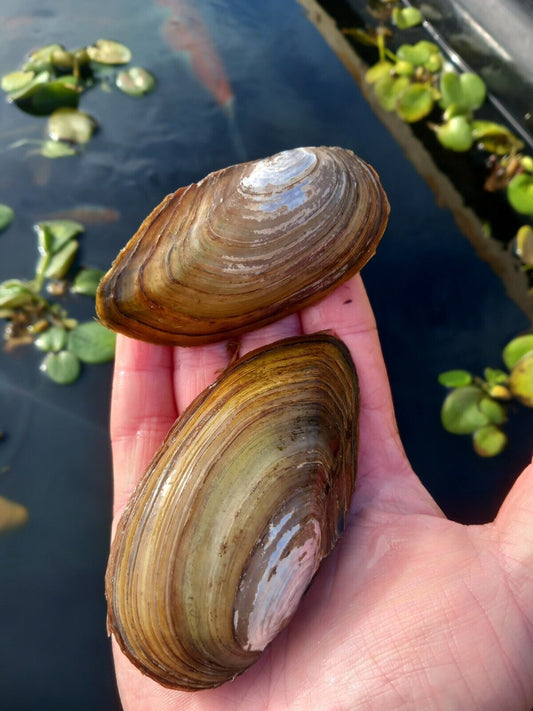OXYGENATING POND PLANTS
What are pond oxygenator plants?
Oxygenating plants are considered one of the most important groups of plants in the pond. An oxygenator is a term applied to a wide variety of fast-growing plants, originally so named because it was thought that they give out oxygen constantly though like all plants they give out oxygen during the day and use it up at night. Their primary benefit in a pond is their ability to grow rapidly, using nutrients that algae would use, such as blanketweed. By occasionally thinning the oxygenators in the pond, a healthy balance can be maintained.

How to plant pond oxygenators?
The best way to plant these is to anchor them in a pot with gravel and lower them into the water. Some oxygenators come in pots, such as the beautiful Water Violet. These are best replanted into larger baskets and lowered, so the foliage is coming through the water surface.
Do pond plants oxygenate water?
Yes, during the day, they produce oxygen.
Pond plants also have many other benefits and are vital for a healthy pond. Such as helping keep the water clear by absorbing excess nutrients, which unwanted algae can thrive and bloom on. Pond plants also provide shelter and food for wildlife, such as frogs and newts. While their extensive growth offers shade, which also helps reduce green water or blanketweed algae blooms.
TIP: Pond plants produce oxygen but also absorb it at night or on dull days. Hot summer conditions are a particular risk as warm water holds less oxygen. The worst combination traditionally is a humid summer thunderstorm. Vulnerability to oxygen starvation will depend on fish variety and size. Important Recommendation: Circulate the water with a suitably sized pond pump 24 hours a day in warmer conditions, and ensure good plant management, reducing excessive growth.
How many oxygenation pond plants bunches do I need?
Many factors will determine the number of oxygenating plants initially required to establish in a new pond successfully. We suggest somewhere between 3 and 8 bunches per 1000 litres (m3). The actual number will depend on the growing season, pond location, and any introduced fish.
Can you have too many oxygenating pond plants?
Yes, through photosynthesis, pond plants absorb oxygen at night and possibly even on dark, dull days. Additionally, as pond plants naturally shed or dieback, any excessive rotting vegetation could cause water quality issues for its inhabitants.
What percentage of the pond should be covered by plants?
For a healthy, natural pond with a few fish, we would suggest no more than 60% plant coverage. This figure can vary depending on filtration systems, stocking levels and position.
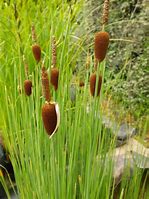 Sold out
Sold out